1. What Are Automotive Diagnostic Trouble Codes?
Automotive diagnostic trouble codes (DTCs) are alphanumeric codes that vehicles generate when they detect a malfunction. These codes are part of the On-Board Diagnostics II (OBD-II) system, which is standard in most vehicles manufactured after 1996. DTCs help pinpoint specific issues within the car’s engine, transmission, and other critical systems.
Understanding these codes can save car owners and mechanics significant time and money. For instance, rather than manually checking every possible issue, the DTC can directly indicate whether there’s a problem with the fuel system, an oxygen sensor, or something else. This precision leads to faster diagnostics and repairs.
2. How Diagnostic Trouble Codes Work
The OBD-II system constantly monitors various aspects of your vehicle’s performance. Sensors throughout the car provide real-time data to the vehicle’s computer, known as the Engine Control Unit (ECU). When the ECU detects a problem that it cannot correct, it triggers the check engine light and stores a specific DTC in its memory.
For example, if the oxygen sensor in your car’s exhaust system fails, the ECU will detect abnormal readings and generate a specific code related to that sensor. This code can then be retrieved using an OBD-II scanner. The stored code remains until it is cleared manually or the issue is resolved and the system resets.
3. Common Types of Diagnostic Trouble Codes
DTCs are categorized into four main types, each representing a different area of the vehicle:
- Powertrain Codes (P-codes): These codes relate to the engine and transmission. They are the most common type of codes and include issues such as engine misfires (P0300) or transmission solenoid faults (P0750).
- Chassis Codes (C-codes): These pertain to the chassis system, including ABS (Anti-lock Braking System) issues. An example is a faulty ABS sensor (C0035).
- Body Codes (B-codes): These concern body systems like airbags and HVAC (Heating, Ventilation, and Air Conditioning). A common code is a faulty airbag module (B1231).
- Network Communication Codes (U-codes): These are linked to the vehicle’s communication system and network, such as a lost communication with the ECU (U0100).
Each type of code helps isolate the problem to a specific system, making it easier for technicians to diagnose and repair the issue efficiently.
4. How to Read and Interpret Car Codes
To read car codes, you’ll need an OBD-II scanner. These devices range from basic handheld units to advanced models with Bluetooth connectivity that interface with smartphones or tablets. Here are the steps to read and interpret the codes:
- Locate the OBD-II Port: This port is usually found under the dashboard near the steering column. In some vehicles, it might be behind a panel or cover.
- Connect the Scanner: Plug the scanner into the OBD-II port.
- Turn on the Ignition: Switch on the ignition without starting the engine to power up the scanner and the vehicle’s ECU.
- Read the Codes: Follow the scanner’s instructions to retrieve the codes. The scanner will display one or more codes stored in the ECU.
Each code follows a format: a letter followed by four digits (e.g., P0301). The letter indicates the system (P for powertrain), and the digits provide specifics about the problem. For instance, P0301 indicates a misfire in cylinder 1. Understanding these codes requires either a reference manual or an online database to interpret the exact meaning.
5. Common Causes of Diagnostic Trouble Codes
Several issues can trigger DTCs. Here are some common causes:
- Emission Control System Issues: Problems with components like the catalytic converter, EGR (Exhaust Gas Recirculation) valve, or oxygen sensors can trigger codes. For example, a faulty oxygen sensor might generate a P0130 code.
- Engine Performance Problems: Issues like misfires, fuel system malfunctions, or ignition problems can cause DTCs. A common code is P0300, indicating random misfires.
- Transmission Faults: Problems such as solenoid issues, transmission fluid leaks, or slipping gears can trigger codes like P0750 (shift solenoid A malfunction).
- Electrical System Malfunctions: Faulty wiring, battery issues, or sensor failures can generate codes. For example, a P0562 code indicates a system voltage low.
Each cause can have multiple potential solutions, so diagnosing the exact issue may require further inspection and testing.
6. What to Do When Your Car Shows a Diagnostic Trouble Code
If your check engine light comes on, here’s what you should do:
- Check the Gas Cap: A loose or damaged gas cap can trigger codes related to the evaporative emissions system. Ensure it’s tightly sealed.
- Read the Code: Use an OBD-II scanner to retrieve the code from your vehicle’s ECU.
- Research the Code: Look up the code in a reliable database or reference manual to understand what it indicates.
- Seek Professional Help: If you’re unsure about the code’s meaning or how to fix the issue, consult a mechanic.
- Perform Repairs: Address the issue promptly to avoid further damage. For example, if the code indicates a misfire, replacing the spark plugs or ignition coils might resolve it.
Ignoring DTCs can lead to more severe problems and costly repairs, so it’s important to act quickly when the check engine light comes on.
7. Preventive Measures to Avoid Diagnostic Trouble Codes
Preventing DTCs involves regular maintenance and monitoring:
- Scheduled Servicing: Follow the manufacturer’s maintenance schedule, including oil changes, filter replacements, and other routine checks.
- Monitor Performance: Pay attention to any changes in how your vehicle runs, such as unusual noises, reduced power, or increased fuel consumption.
- Use Quality Parts: Ensure replacements meet OEM (Original Equipment Manufacturer) specifications to avoid compatibility issues.
- Regular Inspections: Periodically inspect critical systems, such as the brakes, exhaust, and suspension, to catch problems early.
Additionally, using high-quality fuel and keeping your vehicle clean and free of debris can help prevent many common issues that lead to DTCs.
8. Useful Resources and Tools
To effectively manage and interpret DTCs, consider the following tools and resources:
- OBD-II Scanners: Some recommended models include the BlueDriver Bluetooth Pro, FIXD OBD-II Scanner, and Autel AutoLink AL319. These devices range from basic to advanced, offering features like real-time data logging, freeze frame data, and more.
- Online Databases: Websites like OBD-Codes.com and Engine-Codes.com provide comprehensive code descriptions, possible causes, and suggested fixes. These databases are invaluable for both DIY enthusiasts and professional mechanics.
- Diagnostic Apps: Apps like Torque Pro and Car Scanner ELM OBD2 offer mobile diagnostics and code interpretations. These apps can connect to Bluetooth OBD-II scanners and provide detailed analysis and real-time data on your smartphone.
Using these tools and resources can make diagnosing and fixing issues much more manageable, even for those with limited mechanical experience.
9. Why Understanding Diagnostic Trouble Codes Is Important
Understanding automotive diagnostic trouble codes is crucial for maintaining your vehicle’s health and performance. By familiarizing yourself with these codes, using the right tools, and performing regular maintenance, you can prevent minor issues from becoming major problems. Staying informed and proactive ensures your vehicle runs smoothly and efficiently.
For example, addressing a minor issue like a faulty oxygen sensor (P0130) promptly can prevent more serious problems like a damaged catalytic converter, which is much more expensive to replace. Furthermore, being able to interpret and understand DTCs can give you peace of mind, knowing that you can identify and address problems before they escalate.
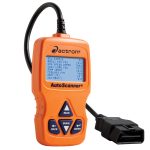

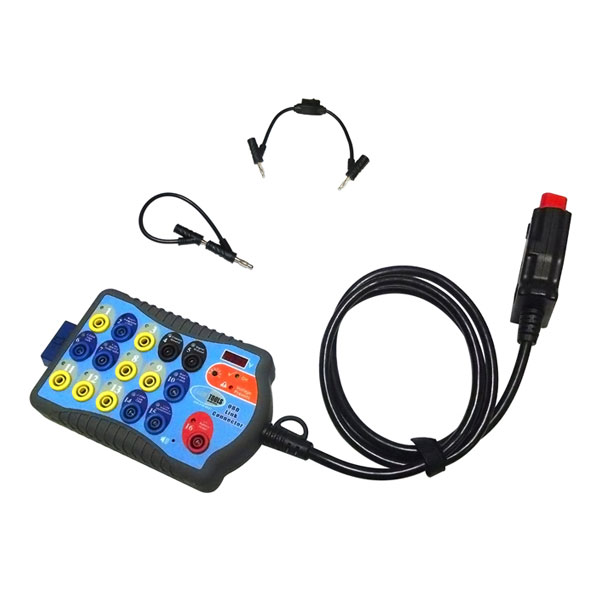

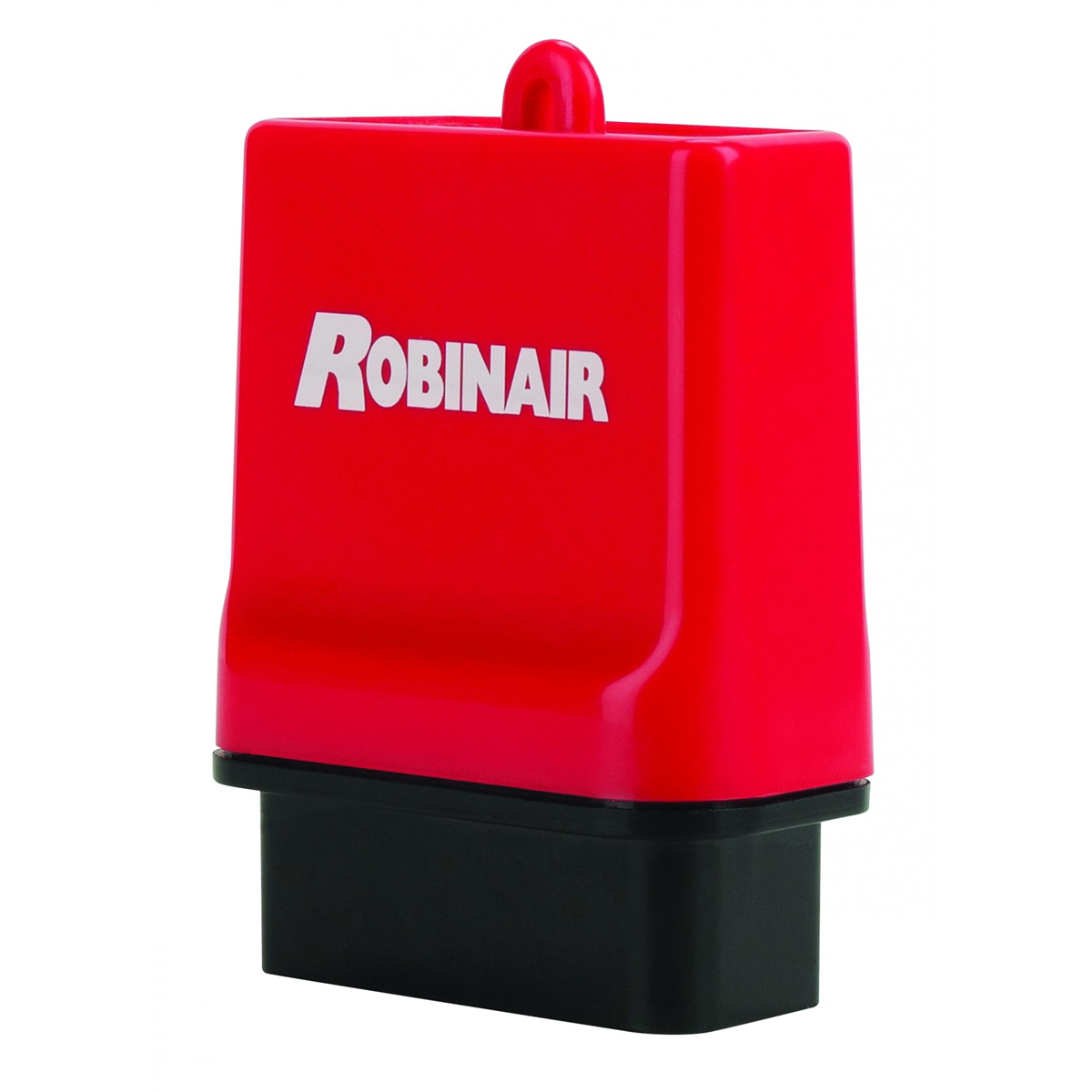

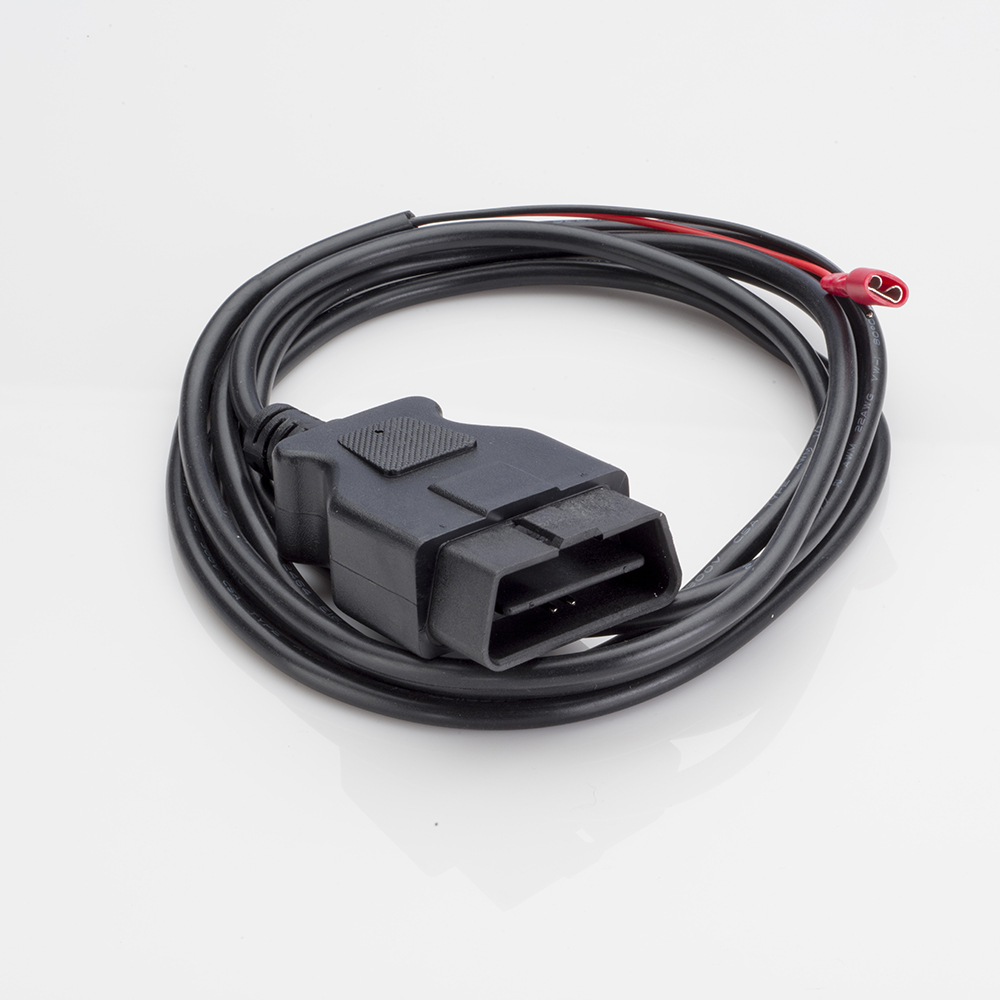

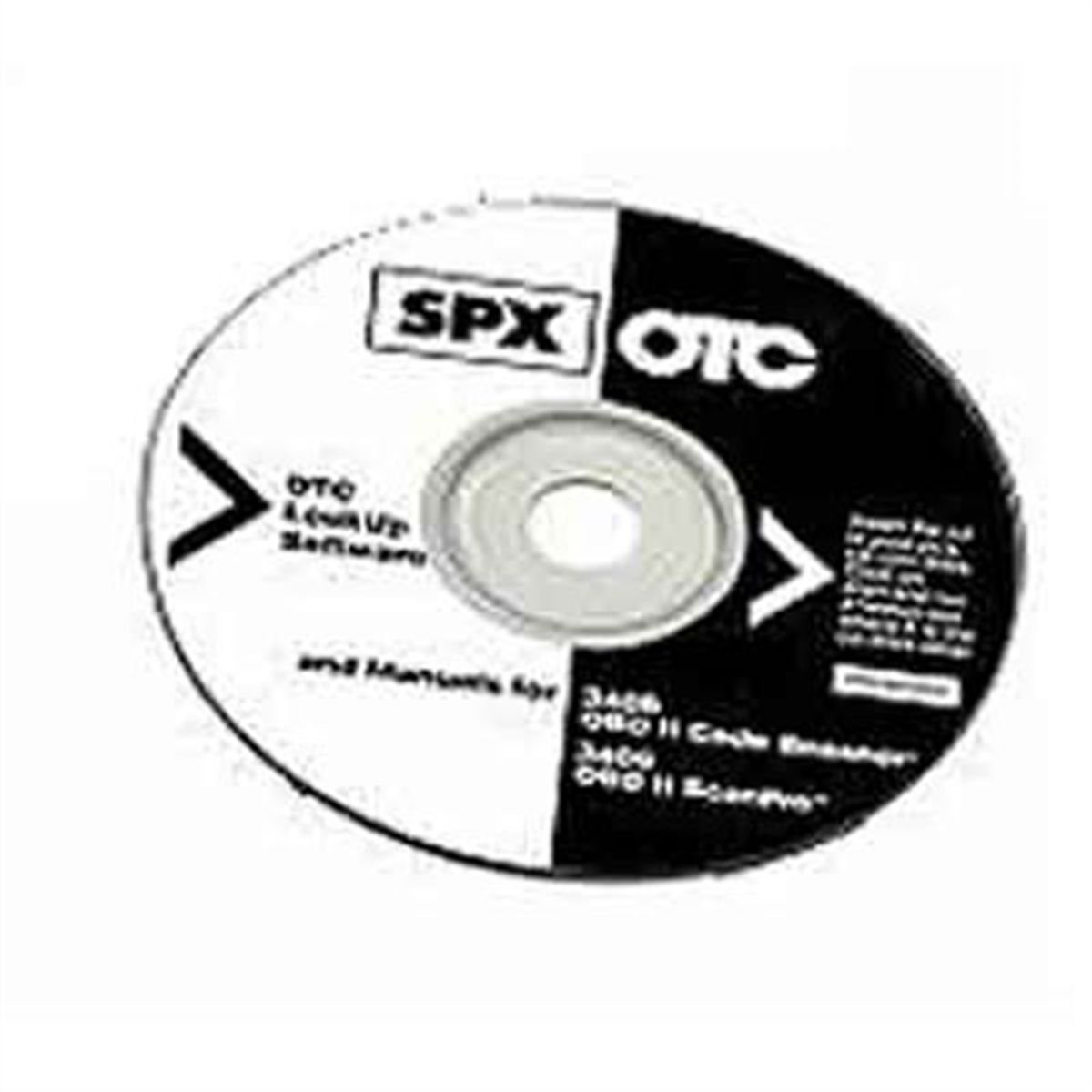
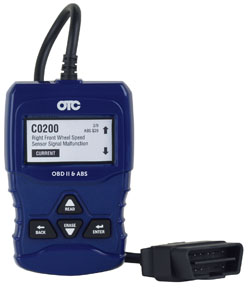
Follow us on social media